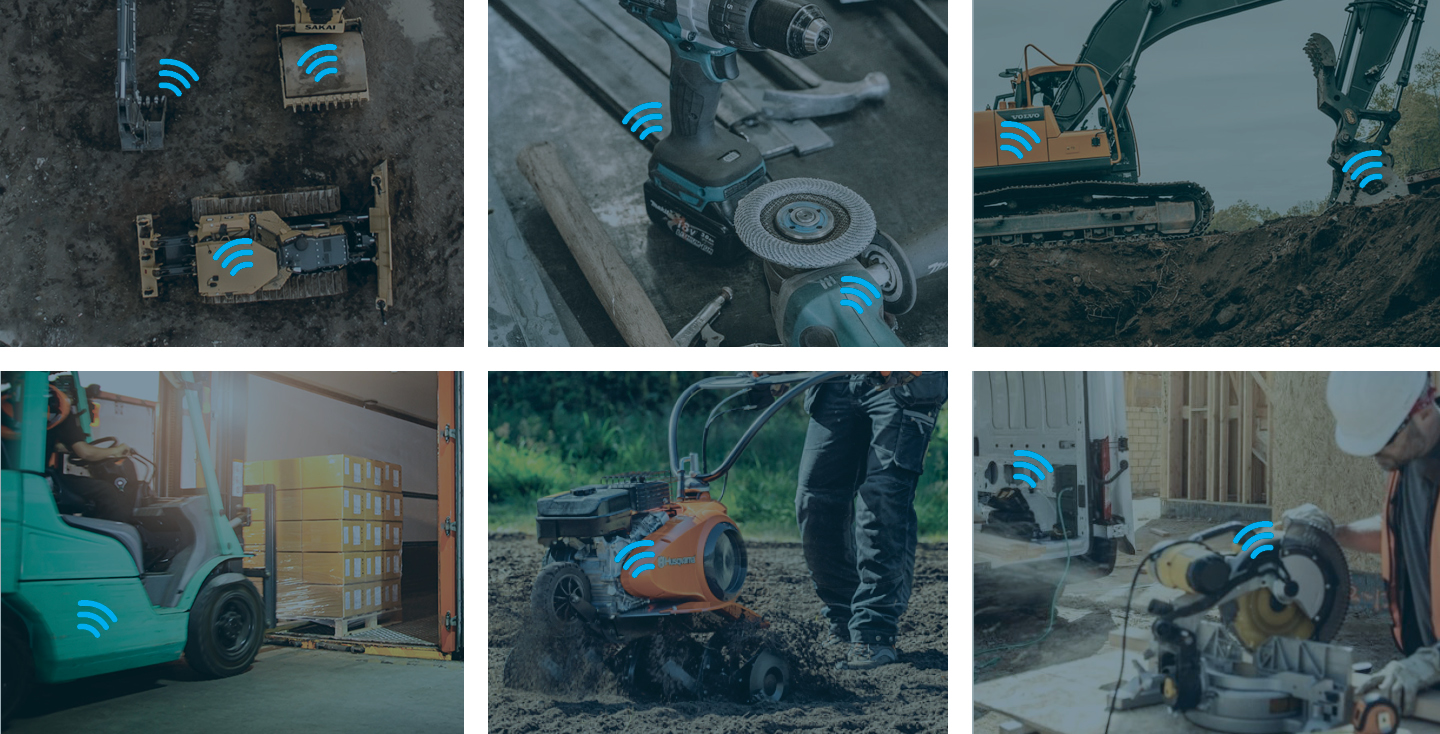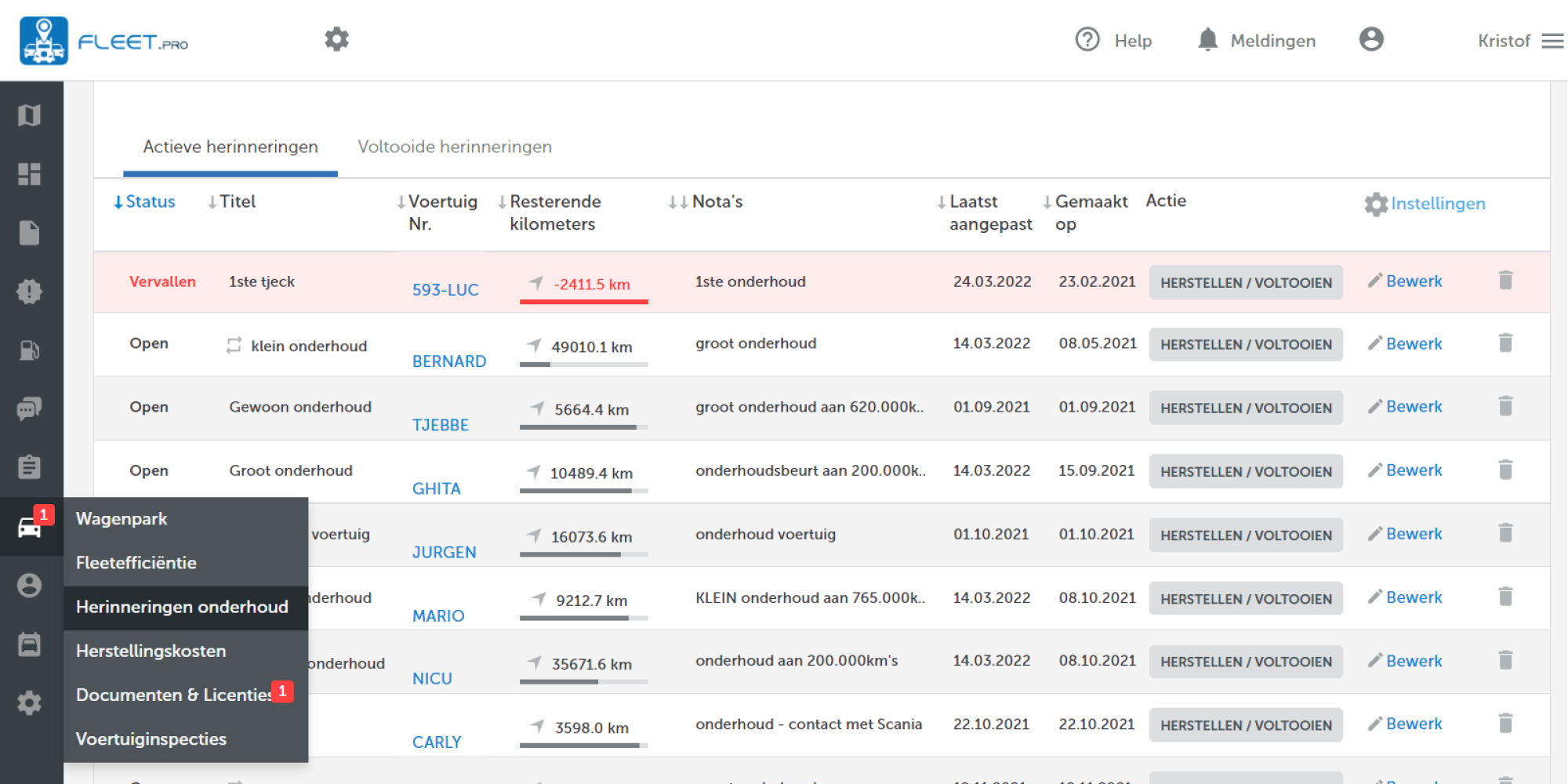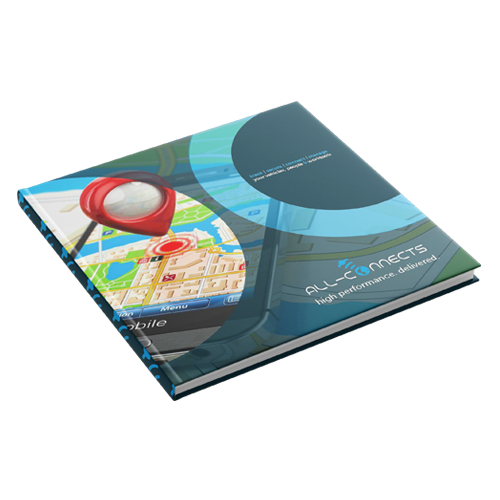| September 2023 |.
In the modern business world, machine fleets play a crucial role in promoting efficiency, productivity and competitiveness in a variety of industries. However, the effective management of a machine park is not limited to just purchasing equipment. Understanding and managing the various operating costs associated with maintaining and operating these machines is essential. What are the various types of operating costs associated with a machine fleet, and how can a thoughtful approach to cost management contribute to an organization's success and sustainability?
1. Repair and maintenance costs
2. Fuel costs
3. Tire costs
4. Cost of filter, grease and lubricating oil
5. Equipment Operator's salary
6. Cost of replacing parts of equipment that show high wear and tear
7. Mobilization, demobilization and assembly costs.
These costs include everything needed to repair and maintain construction equipment that is subject to wear and tear as a result of the daily work it performs.
Repair and maintenance costs account for a significant percentage of total operating costs. These costs include:
- Cost of replacing a part
- Labor costs
- Cost of provisions for repair and maintenance of equipment
These costs increase with the age of the equipment. Proper and timely maintenance(*) of construction equipment helps reduce repair and maintenance costs over time. The majority of minor repairs are done on-site without delay. Major repairs can be done at a facility specifically set up for the equipment by competent and authorized dealers of the equipment.
The annual repair and maintenance cost of the equipment is calculated as the percentage of the annual depreciation cost of the equipment. These costs can also be determined by looking at previous records of similar equipment or by consulting the equipment manufacturer's guidelines.

* Often deadlines for maintenance, oil replenishment, manufacturer inspections, etc. are forgotten or exceeded due to, for example, a high workload, a shortage of machines or an impending job deadline. This can lead to reduced performance, breakdowns or even irreparable damage requiring the replacement of equipment.
The All-Connects material management software allows you to keep your finger on the pulse of your equipment and machinery at different job sites. From a distance you can monitor each machine, and through set alerts for inspections and maintenance, important deadlines are never forgotten again.
- The internal combustion engines power the construction machinery. These use gasoline or petrol or diesel as fuel. The amount of fuel consumed depends on the nature of the working conditions and the rated flywheel power (fwpk).
- Flywheel power is defined as the power required to operate a device.
Hourly fuel consumption can be estimated by checking previous data of fuel consumed by similar equipment under similar operating conditions(*). In the absence of past data, the manufacturer's stated fuel consumption of the equipment can be used to estimate fuel costs.
* In the All-Connects management application you have an overall view of the fuel consumption of your fleet of vehicles and machines. In your dashboard you can analyze and compare consumption so you can make the necessary adjustments to optimize fuel consumption.

Tire costs consist of two main costs: tire repair costs and replacement costs. The cost of pneumatic tires falls under the category of operating costs. It should be noted that pneumatic tires wear quickly compared to equipment. The more wear, the shorter the life of the tire.*
Tire repair cost = percentage of tire depreciation cost. Again, repair costs can be derived from previous data of similar equipment operating under similar environmental conditions.
* The "driving behavior analysis" module in the All-Connects management application tracks each driver's driving behavior. For example, you can set an alert for driving behavior responsible for increased tire wear, such as "accelerating or braking hard" or "cornering too hard.
Hourly wages and fringe benefits for operators are also included in equipment operating costs. These costs include regular wages, bonuses, fringe benefits, etc.
Operator pay varies from project to project. Normally it is calculated as a separate cost category and eventually added to the operating costs.
Some equipment parts have a shorter life compared to the life of the equipment. These are therefore categorized as high wear items, such as cutters, drills, frying teeth, blades, etc.(*).
The normal expected life of these items can be estimated from past data or from manufacturing guidelines.

* Knowing the lifespan of these parts,and having a clear view of their lifespan, is important for a fleet manager.
Thanks to the All-Connects management application, this is child's play, and the person in charge can draw up a clear proactive maintenance schedule to ensure that his colleagues on the various job sites can work optimally.
These costs include:
1. Transportation costs between job sites
2. Cost of unloading
3. Cost of assembly at project site
4. Traffic permits
5. Cost of lubricating oil, grease and filter
The amount of lubricating oil, grease and filter depends on the change frequency, operating hours, engine characteristics and site working conditions. The time period between changes can be determined from previous records.
Knowledge is power, and that is certainly the case when it comes to fleet management. A smart fleet manager uses smart technology like that of All-Connects to have an up-to-date overview of all company assets "in the field. 24/7 he can view the recorded data of each individual machine, and has a helicopter viewover all active and non-active company tools.
Alerts and alarms ensure that he never misses important maintenance deadlines, and thanks to the analysis and planning module, he ensures that the available operating assets can be used as efficiently as possible. A real win-win situation!
Have this blog answered your questions, and would you like to learn more about the cost or spar with us about the right application for your business? Then contact us directly by phone 03 289 55 35 or click here to ask for more info or book a consultation.
Also read our other blogs on tracking and monitoring corporate assets:
After reading this blog, are you curious about which tracking and digital solutions All-Connects offers? Ask us your question and we will answer you as soon as possible.
